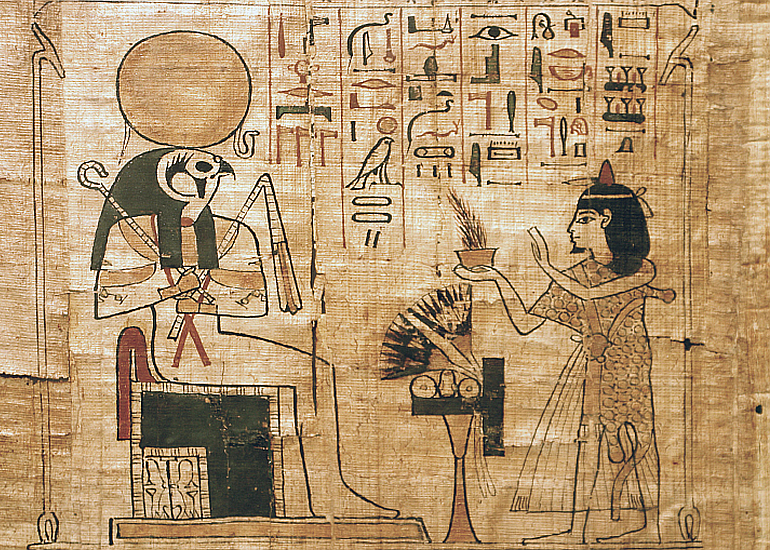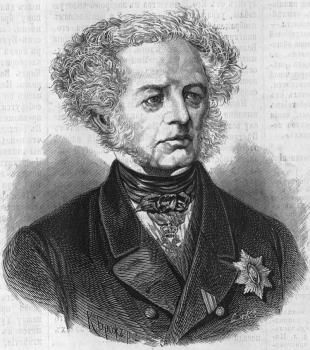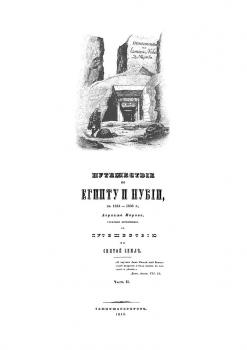Ancient Egyptian Papyri in the National Library of Russia
Norov Papyrus. 1850
The Report of the Imperial Public Library for 1850 referred to an Egyptian tomb papyrus donated by "the honorary member of the library, Privy Councilor Norov, which he discovered in Thebes".
The bibliophile, writer, statesman, then Deputy Minister of Public Education Abraham Sergeevich Norov (1795–1869) dedicated a lot of space in the book Journey around Egypt and Nubia in 1834-183 to architectural landmarks and other antiquities. In particular, he wrote, “At every step, one cannot but wonder at the profundity of this primitive people, who made books out of temples, palaces of kings and other public buildings…, granite sheets of which, having survived millennia, can still be read by future generations”.
Norov mentioned that he once bought half of a papyrus scroll from a Bedouin, and the next day he bought the other half of the same papyrus from another Bedouin. The total length of the scroll is 112 cm.
The funerary scroll of The Book of the Dead was made for the priest Djed-Mut-iuf-ankh, bearing the title God's Father of the goddess Mut. (God's Father is a title given to the priest above an ordinary priest but not as high as a prophet as well as to non-royal fathers of kings), The name of his father is Djed-Khonsu-iuf-ankh, God's Father of the god Amun. On the right side of the scroll, we see a group of five figures, the first of which is the god Anubis, as well as the mummy of the deceased (identified with Osiris), leaning against the hand of the god of air Shu. Chapter 180 of The Book of the Dead is written in hieratic charracters to the left of the picture. The scroll ends with unfinished short versions of chapter 64 of The Book of the Dead.
Most of the Egyptian antiquitie brought by Norov finally ended up in the collections of the Pushkin State Museum of Fine Arts in Moscow and the State Hermitage Museum in St. Petersburg.




